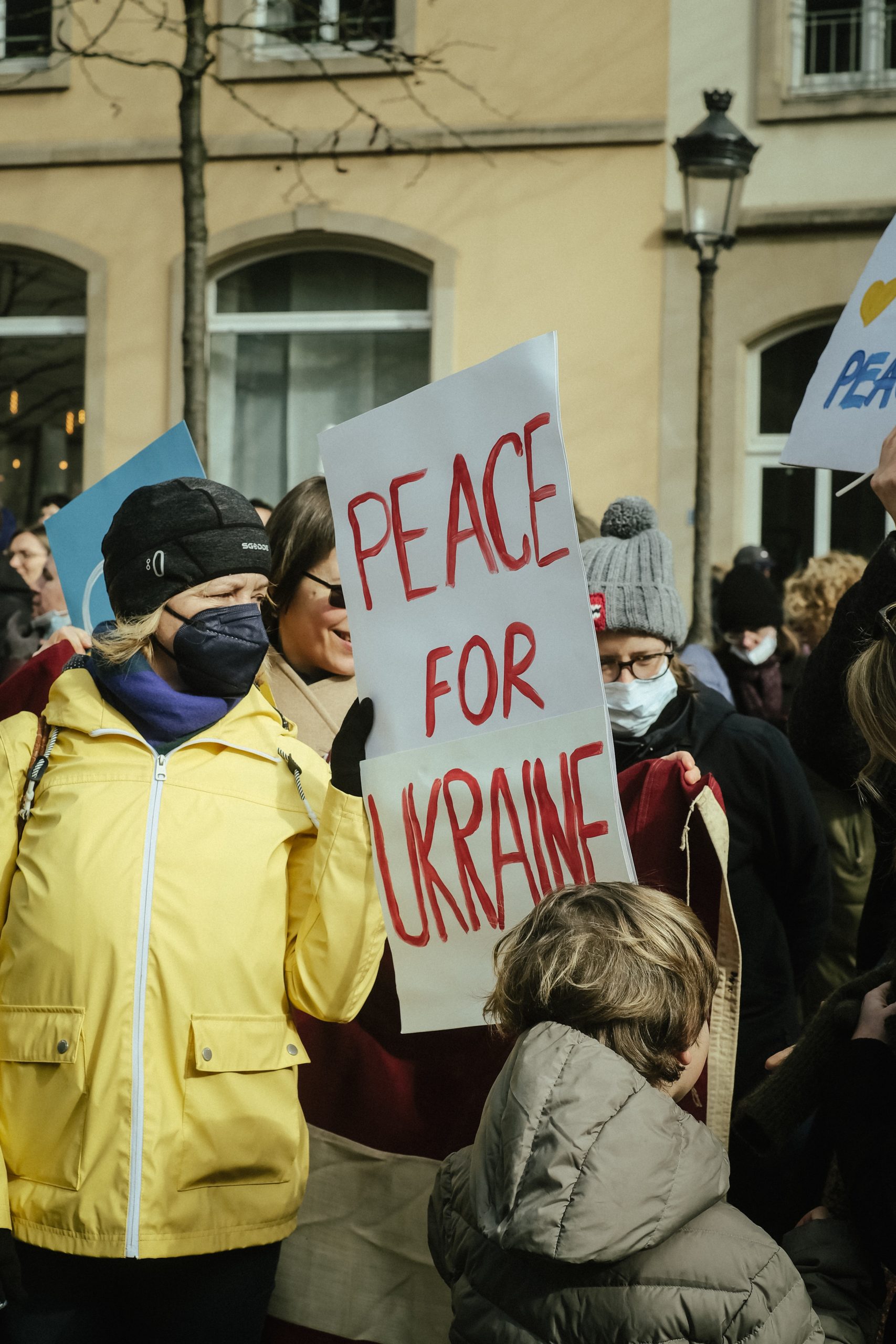![]()
April 24 held great significance for the Ukrainian people. Not only did it mark three months since Russia began its war on their home country, it was the Orthodox celebration of Easter. Reuters reports that President Volodymyr Zelensky addressed his people on the sacred day from the thousand-year-old Saint Sophia Cathedral in Kyiv: “This great holiday gives us hope and an unwavering belief that light will defeat darkness, good will defeat evil, life will defeat death and therefore Ukraine is certain to triumph.” The resurrection of Jesus Christ from the dead is a jarring symbol of both hope and triumph, typically celebrated by midnight Easter services ending at dawn on Sunday. Just as the sun rises, so does the Son, concluding the service. However, curfews and consistent shelling restricted traditional celebrations. The Guardian reports that a few churches in Kyiv were allowed to hold lock-ins for Easter services, in which all congregation members remained in the building from 11 p.m. on Saturday to 5 a.m. on Sunday. Others abandoned evening services completely.
Despite the numerous challenges presented to Ukrainian Christians in wartime, Easter celebrations carried on. Reuters reports that, “for a few hours in the morning, Ukrainian television took a break from war coverage of death and destruction, airing emotional scenes of people praying, priests intoning and the churches that dot the country.” Worshippers lined the streets with baskets full of painted easter eggs and traditional Ukrainian Easter cakes, called paska, waiting for their gifts to be blessed by the priest. Even on the front lines, military chaplains conducted services with holy water and confession alike.
According to the Guardian, for over 400 years, the only Orthodox church in Ukraine recognized by the seat of Eastern Christianity, Constantinople, was the Ukrainian Orthodox Church, which was aligned with the patriarch of Moscow. In 2018, after generations of campaigning, Ukraine was finally granted the right to begin an independent Orthodox church. Some parishes chose to switch, while others remained aligned with Moscow. However, in the present, this difference carries great political significance. Recently, the acting Moscow patriarch, Kirill, has portrayed the conflict as a “holy war” and has supported the work of Russian soldiers in Ukraine, all while calling for an end to the war, according to the Guardian. Furthermore, he has rhetorically utilized Moscow-aligned Ukrainian churches, claiming that “the Russian invasion of Ukraine had a “metaphysical significance” for the preservation of Christian values,” according to Al Jazeera. Those churches that remained with the Moscow patriarch have now been suspected of agency in the Kremlin, forcing priests to openly denounce the war and their connection with Moscow in a show of patriotism. Al Jazeera reports that Ukrainian intelligence have published lists of the names and personal information of pro-Moscow priests on Ukrainian law enforcement websites run by hackers, registering them with other pro-Moscow Ukrainians.
Despite home parish allegiance, life in wartime remains bleak for all Ukrainian Christians celebrating Easter and clinging to tradition. Al Jazeera reports that on Saturday, April 23, “Russian cruise missiles fired from a strategic Tu-95 bomber killed eight civilians in the Black Sea port of Odessa. Among those killed were a three-month-old child, Kira Glodan, her mother, and grandmother- who had arrived from Russia.” News of the sudden death of three generations was shocking even to the most traumatized citizens of Kyiv, Mariupol and Kharkiv. According to Reuters, two children were killed in Donetsk on Sunday, April 24, and seven churches were destroyed in Luhansk. Russia continues to deny targeting citizens. The deputy commander of the Ukrainian Azov Regiment, Captain Svyatoslav Palamar, combines these feelings of hope and despair in a exhortation to his people on CNN: “Today is a big day but even so, the enemy continues to drop aerial bombs, ships fire artillery, cannons fire, enemy tanks continue to hit, infantry tries to assault.”





